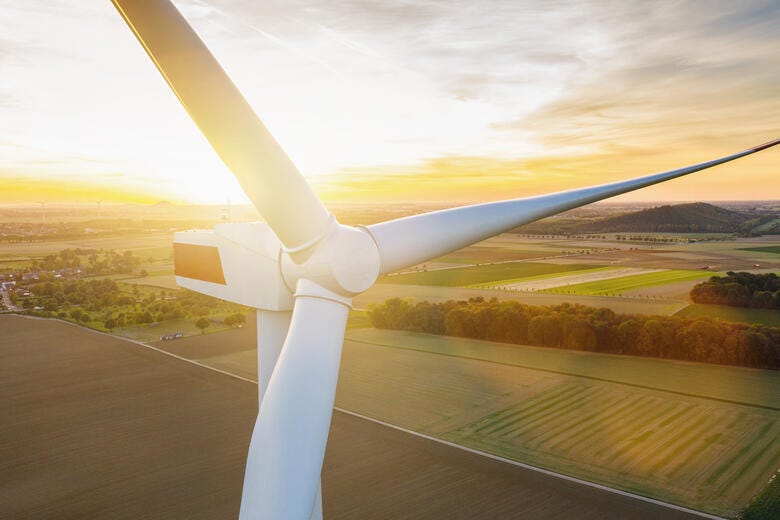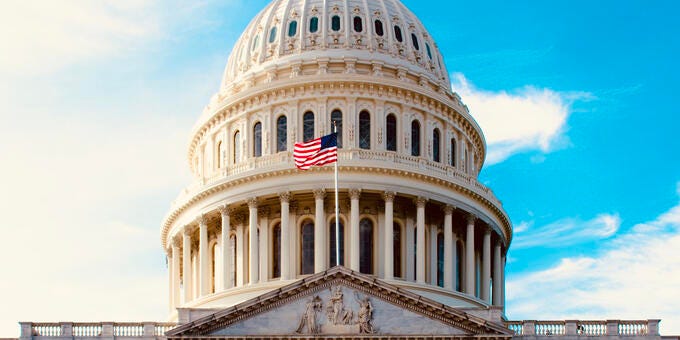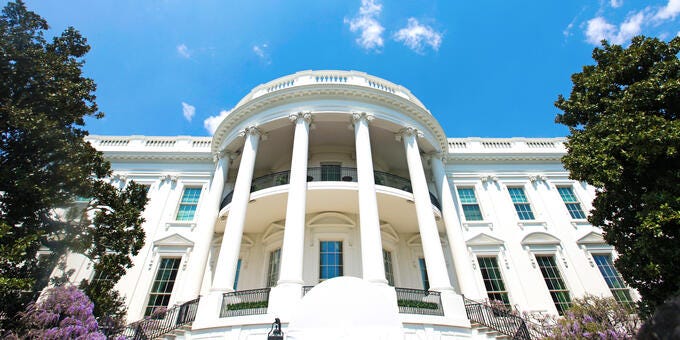
Clean Energy Tax Credits: ITC Phase Out and CEIC Eligibility
- Published
- Jun 12, 2025
- By
- Avi Jacob
- Topics
- Share
The ITC (Investment Tax Credit) and CEIC (Clean Electricity Investment Credit) are federal incentives designed to encourage investment in renewable energy systems, but differ in utility.
Taxpayers need to recognize which credit applies to their situation. The imminent phase-out of the ITC makes it crucial to understand the nuances of the CEIC. The recent release of IRS Revenue Procedure 2025-14 explicitly delineates CEIC eligibility, making matters more transparent.
Key Takeaways
- The ITC is phasing out, and the CEIC is the new primary clean energy tax credit, requiring net-zero emissions.
- IRS Revenue Procedure 2025-14 and its annual table now explicitly define CEIC eligibility for "tech-neutral" technologies.
- Combine substantial CEIC benefits (up to 30% plus bonuses) with accelerated depreciation for maximum financial advantage.
Greenhouse Gas Emission Classification
Understanding how the IRS classifies energy-generating systems is important for better recognizing the differences in these credits.
The IRS divides facilities that contain energy-generating systems into one of two main categories:
- Combustion and Gasification Facilities (C&G)
- Harmful greenhouse gases are emitted when these facilities generate electricity
- Examples include biogas, biomass, and renewable natural gas installations
- Non-C&G Facilities:
- These facilities generate electricity without emitting greenhouse gases
- They are known as “tech-neutral” and are said to have “net-zero emissions”
- The classic example is solar photovoltaic (PV) technology
CEIC vs. ITC: Eligibility Criteria Based on IRS’ Annual Table
The date on which project construction commenced determines which version of the credit is applicable and which technologies are eligible.
The incentive will soon become obsolete as the ITC only applies to projects in which construction commenced before 1.1.2025.
|
|
ITC | CEIC |
|---|---|---|
|
Construction Date |
Before 1.1.2025 |
After 1.1.2025 |
|
Emissions Considered? |
No |
Yes – eligible technologies must have net-zero emissions |
Rev. Proc. 2025-14 includes the first official annual table of systems that qualify as “tech-neutral” and are therefore eligible to claim the CEIC. The facilities listed in the first annual table are:
- Wind
- Hydropower
- Marine and Hydrokinetic
- Solar
- Geothermal
- Nuclear Fission
- Fusion Energy
- Waste Energy Recovery Property
Based on greenhouse gas emission rates “not greater than zero,” these technologies are CEIC-eligible.
This table can be used to determine CEIC eligibility until the next annual table is released. When determining CEIC eligibility in the future, taxpayers should consult the annual table in play at the time construction commences.
ITC/CEIC Rate Determination and Additional Incentives
Both credits provide a direct dollar-for-dollar reduction in tax liability, with the potential for additional incentives based on specific criteria.
For projects initiated after 1.30.23, the baseline credit is set at 6%. Meeting the prevailing wage and apprenticeship requirements can boost the credit fivefold, resulting in a 30% benefit.
Exceptions to the Prevailing Wage Requirements
- A grandfather period for projects that began prior to January 30, 2023
- Installation of production equipment in a given tax year, outputting less than 1MW of energy annually
Additionally, projects satisfying specific conditions may earn higher credit rates:
- Domestic Content Bonus: An additional 10% Credit is available for projects utilizing U.S.-manufactured steel, iron, and components.
- Energy Community Bonus: Facilities located in qualifying energy communities receive an additional 10% Credit.
- Low-Income Communities Bonus: Eligible installations may receive further tax credit enhancements. It is important to note that Congress has already exhausted the funds set aside for this incentive, and therefore, this additional incentive is no longer relevant.
Application of Credit and Its Impacts
To apply the credit, taxpayers must fill out Form 3468. The credit would then be calculated as a dollar-for-dollar deduction based on the property's eligible rate.
When taking the credit, the taxpayer would also have to reduce the basis in the qualifying assets by 50% of the credit taken.
Practical Example
In June 2024, a taxpayer installed $900,000 of solar equipment with an annual output of less than 1 MW of energy. As the taxpayer has installed equipment with less than 1 MW of annual energy output, the taxpayer qualifies for the 30% benefit without meeting the prevailing wage and apprenticeship requirements.
Without ITC/CIEC Calculation
Step 1 – Depreciation Calculation
- $900,000 – Solar Equipment Basis
- $540,000 – Bonus Depreciation (60% rate for assets PIS 2024)
- $ 72,000 – First Year Depreciation (Half Year Convention)
- $612,000 – Total First Year Deduction without ITC/CEIC
With ITC/CEIC
Step 1 – ITC/CEIC Calculation
- $900,000 – Solar Equipment Basis
- X 30% – Applicable ITC/CEIC Rate
- $270,000 – ITC/CEIC
Step 2 - Basis Calculation
- $900,000 – Solar Equipment Basis before ITC/CEIC
- ($135,000) – Basis Reduction (50% of ITC/CEIC amount)
- $765,000 – Solar Equipment Basis after ITC/CEIC
Step 3 - Depreciation Calculation
- $765,000 – Solar Equipment Basis after ITC/CEIC
- $459,000 – Bonus Depreciation (60% rate for assets PIS 2024)
- $ 61,200 – First Year Depreciation (Half Year Convention)
- $520,200 – Total First Year Depreciation
Total First Year Benefit with ITC/CEIC
- $790,200 – ITC/CEIC + Depreciation
Additional Savings with Cost Segregation
Under current tax law, businesses investing in renewable energy systems are entitled to accelerated depreciation benefits. Consider the installation of a solar array. A cost segregation study may be performed simultaneously with a CEIC credit study for additional savings on top of the credit.
- Accelerated Depreciation: Solar energy property is typically depreciated over a short five-year MACRS class life.
- Bonus Depreciation: With a class life of less than 20 years, solar energy property is entitled to bonus depreciation as well, at the following rates:
Year Assets Placed-in-Service |
Bonus Rate* |
|---|---|
|
2023 |
80% |
|
2024 |
60% |
|
2025 |
40% |
*Bonus rates are accurate as of publication, but are subject to legislative change.
A quality cost segregation study is an ideal way to generate the data needed for the CEIC credit while maximizing depreciation-based incentives.
Maximize Your Clean Energy Investment
It is important to note that CEIC and bonus depreciation are targeted items in the current draft of the One Big Beautiful Bill Act. Therefore, some of these items detailed in the article may be subject to changes if the legislation passes.
As the ITC Credit begins to fade away, it’s crucial to understand the CEIC Credit. The newly released annual table is a reliable source for identifying eligible renewable energy technologies. Businesses investing in clean energy must evaluate ITC and CEIC eligibility and consider associated depreciation strategies to maximize financial benefits.
Navigating the evolving landscape of clean energy tax credits can be complex, but the financial benefits are significant. Connect with our team to assess your project’s eligibility for the CEIC and optimize your tax strategy.
What's on Your Mind?
Start a conversation with Avi












